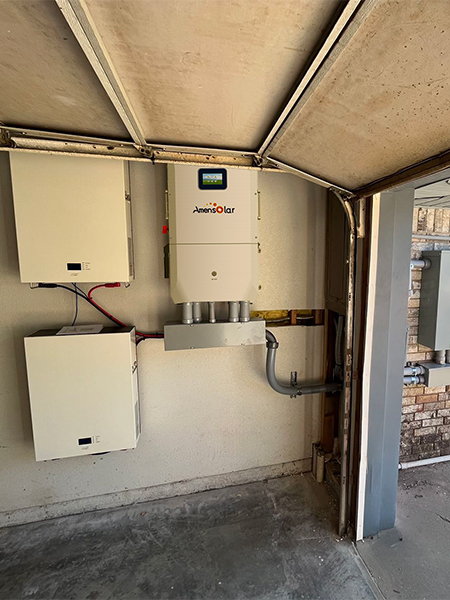A solar inverter can be defined as an electrical converter that converts the uneven DC (direct current) output of solar panels into AC (alternating current). This current can be used in different applications, for example in a viable grid or in an off-grid grid. In photovoltaic systems, this is the dangerous BOS (balance of system) component that allows the use of regular AC powered equipment. These inverters have some of the features of PV arrays, such as maximum PowerPoint tracking and anti-islanding protection. If we use a solar system in our house, the selection and installation of the inverter is very important. Therefore, the inverter is an essential device in the solar power generation system.

A solar inverter works by taking power from a DC source, such as a solar panel, and converting it into AC power. The power generated ranges from 250 V to 600V. This conversion process can be accomplished through a set of IGBTs (Insulated Gate Bipolar Transistors). When these solid-state devices are connected in the form of an H-bridge, it oscillates from DC to AC.
A step-up transformer is used so that AC power can be taken and fed into the grid. Some designers have begun to design inverters without transformers, which have higher efficiency compared to inverters with transformers.
In any solar inverter system, a pre-programmed microcontroller is used to execute different algorithms accurately. The controller increases the output power of the solar panels with the help of MPPT (Maximum Power Point Tracking) algorithm.
发表回复